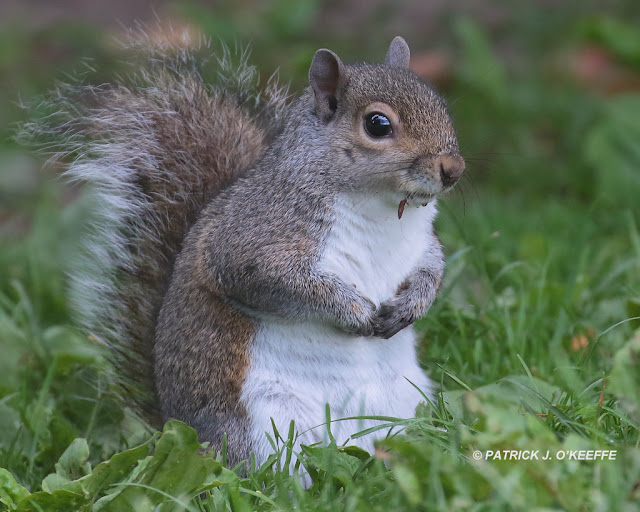CLICK ON PHOTO TO SEE HIGHER QUALITY IMAGE
The Red Breasted Flycatcher (Ficedula parva) is of the family Muscicapidae which is in the genus Ficedula.
Click external link here to see distribution map and to hear calls
The Red Breasted Flycatcher (Ficedula parva) is of the family Muscicapidae which is in the genus Ficedula.
This species breeds in deciduous woodlands throughout Eastern Europe as well as Western Central Asia. In North West Europe, it is mainly an uncommon autumn passage migrant (mostly juveniles) to coastal locations. In Ireland, there has been less than a hand full of spring reports where as it's a rare but regular passage visitor during September and October averaging <10 individuals annually.
In early autumn the migration south to its wintering areas on the Indian subcontinent begins.
The Taiga Flycatcher (Ficedula albicilla) previously treated as a sub species of Red Breasted Flycatcher (Ficedula parva) has in recent times been upgraded to full species status. The only Irish record is of a juvenile /1st winter at Galley Head, Co. Cork from 21st to 25th October 2018.
Patrick J. O'Keeffe / Rawbirds
Red Breasted Flycatcher (Ficedula parva) distribution map
BREEDING AREA MIGRATION WINTERING AREA
Map atribution:
IUCN Red List of Threatened Species, species assessors and the authors of the spatial data., CC BY-SA 3.0, via Wikimedia Commons
IUCN Red List of Threatened Species, species assessors and the authors of the spatial data., CC BY-SA 3.0, via Wikimedia Commons

















%20%20distribution%20map.jpg)

%20distribution%20map.jpg)





%20distribution%20map.jpg)


